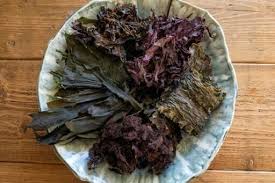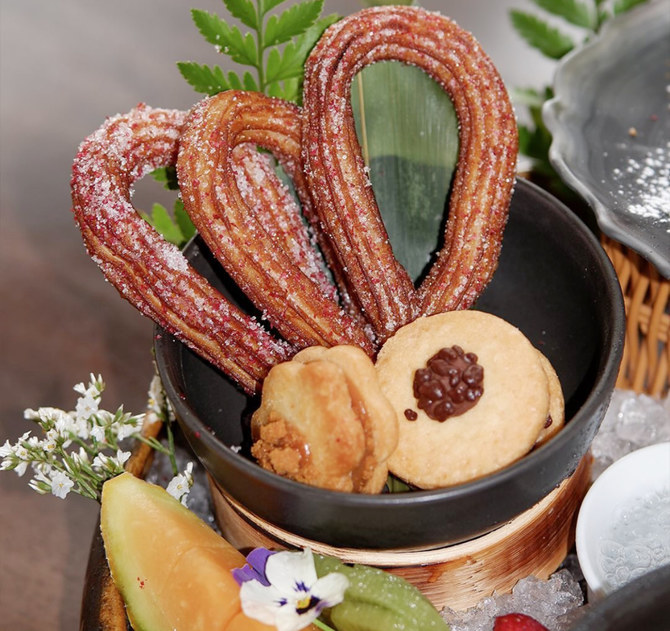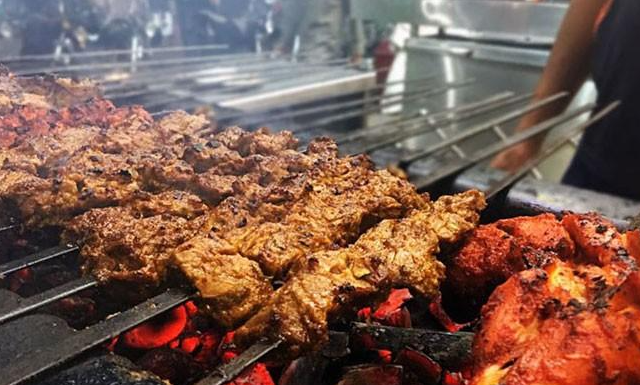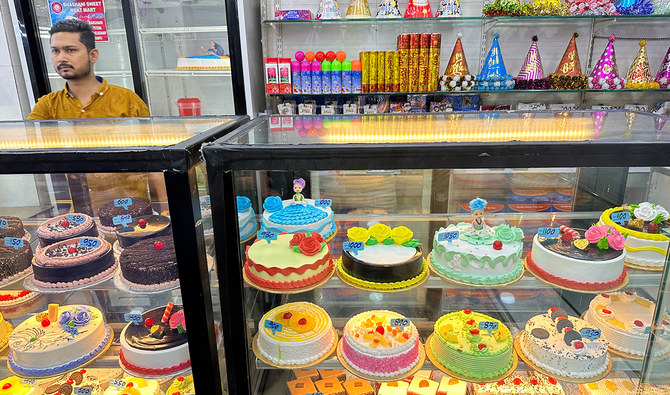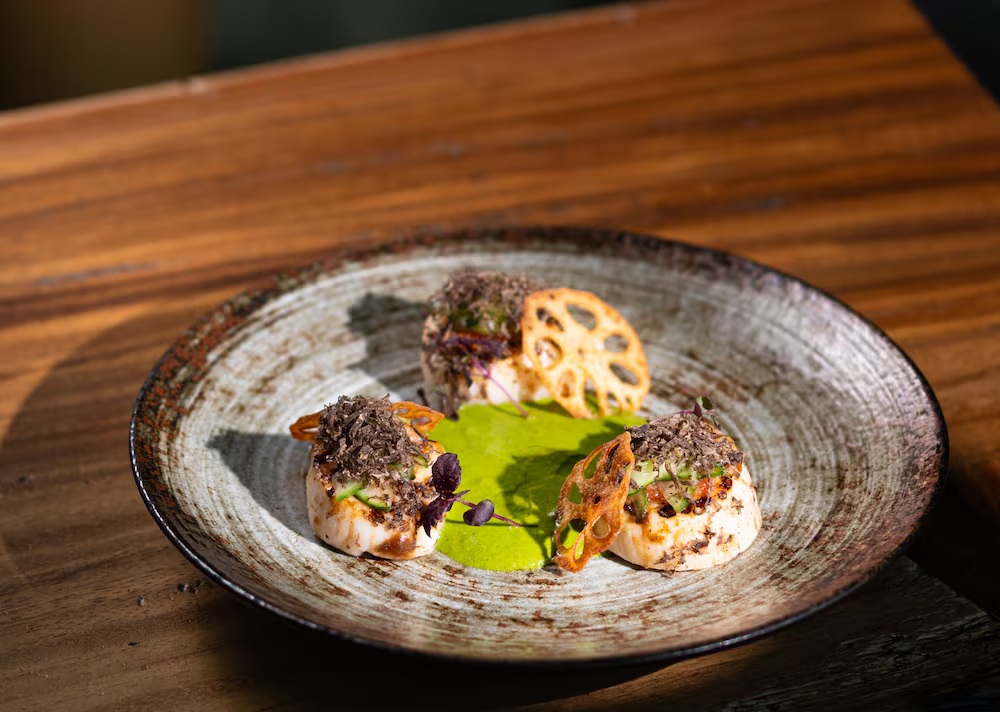
Monitoring Desk
ISTANBUL: With its history in religion going back to heavens, bread is a sacred and significant part of the Turkish culture, and as such has numerous variations
Bread is a staple of every home, a food usually prepared and baked with wheat flour and water, having a very important place in the nutrition of many cultures in the world throughout recorded history.
For some context, the world wheat trade is more than the sum of all other crops – and Türkiye ranks 10th in the world in producing this valuable grain.
Although bread made from wheat, which is one of the oldest grains, comes to the fore in bread making, it is also possible to frequently come across bread made with other grains.
Today, I would like to talk about the bread of different regions in Türkiye, but first, let’s take a little detour.
Heavenly bread
The history of bread in Islamic belief extends all the way to the Prophet Adam.
Evliya Çelebi, the 17th-century Ottoman explorer and writer, in his 10-volume Seyahatname (“Book of Travel”), in the section titled Baker Artisans, tells that when the Prophet Adam was taken out of heaven and sent to earth, Gabriel brought wheat to the earth and that the first food that the Prophet Adam ate was the soup made from this wheat. Later, Gabriel taught the Prophet Adam how to turn wheat into flour and flour into dough and how to bake the dough and make bread.
For this reason, Çelebi records the Prophet Adam as the first patriarch of bakers.
Bread is extremely sacred for the Turks, and in each region bread of different cultural significance are used in some rituals.
Bread holds such a place in the Turkish culture that it even has a special place in language, and from time to time, we also come across it in idioms with figurative meanings. I would like to share some of them.
“Being able to earn one’s bread” is said to convey a person being able to earn a living with their own labor.
There is another one which literally translates as “(Living with) bread from a stranger, water from a lake,” but it means the state of living on someone else’s earnings without working himself.
“You need to eat 10 ovens worth of bread” is said to mean that one has to put in a lot of effort and work to reach the desired state.
“Earning one’s bread from stone,” is said to convey when one is very resourceful to earn a living.
So, now let’s get to some of our local bread varieties.
Bazlama
Bazlama, or flatbread, is usually called by the name of the province it is made in, across Türkiye. It is a fermented and round bread with an average thickness of 2 centimeters (0.78 inches) and a diameter of 20 centimeters.
Flatbread, prepared with wheat flour, is made by cooking both sides on sheet metal.
It has a very soft and porous texture.
Lavash
Lavash, or thin bread, is one of the most common types of bread in Türkiye. It was added to the representative list of the intangible cultural heritage of humanity by UNESCO in 2014.
Lavash is similar to phyllo dough but is prepared with yeast.
Yufka
Yufka, or phyllo dough, is known as sheet bread in some regions. The most important feature of phyllo bread which prepared with wheat flour is that it is durable for a long time.
In Turkish culture, it is done in large quantities at once with the participation of neighbors and relatives helping each other.
Crispy bread baked on the metal sheet is stacked on top of each other and stocked, and when one wants to use them, they sprinkle them with water and wait for them to soften. Although it is often consumed as bread, it is also used to produce pastry and similar foods.
It is found in the cuisines of many countries as a legacy of the Ottoman Empire.
As someone who in her childhood ate crispy phyllo dough from a round phyllo tower stacked on top of each other in the corner of the cellar, which I witnessed being made by my grandmother with her neighbors, I can say that its taste is truly extraordinary. Of course, we were not allowed to eat these yufkas, which were prepared with so much effort in the summer heat to be consumed in the winter, but I ate them secretly.
Now, I remember my grandmother every time I eat it.
I recommend you try it with a nice cheese and watermelon on the side.
Ash pastry
This pastry, which originates from Kastamonu, is prepared with wheat flour, yogurt, salt, yeast and fresh tarhana – a dried food ingredient based on a fermented mixture of grain and yogurt or fermented milk.
It is not baked directly in the oven fire but rather by burying it in the ash of an extinguished oak tree, hence the name ash pastry. The aroma of the wood from the oak tree passes into the bread, and it also takes on the thick bark structure and color of the tree.
Baked for 40 minutes, the pastry preserves its inner softness for up to a week.
Vakfıkebir
Vakfıkebir bread, produced in Trabzon’s Vakfıkebir town, ranges from 0.45 to 7.5 kilograms (0.99 to 16.5 pounds). It is known nearly everywhere in Türkiye as “Vakfıkebir” or “Trabzon” bread.
The bread, which is baked in a wood-fired stone oven, is fermented with natural sourdough. The ideal fuel material used in stone ovens is dried alder, oak, and hornbeam, which also affects the flavor of the bread.
It is a bread that does not go stale easily as it can be stored for five to 15 days without spoiling.
Çöven
Çöven is produced in the Bartın province. The rectangular bread takes its name from the pan in which it is baked.
It is prepared with sourdough, wheat flour, wheat bran and corn flour. It is often preferred because it maintains its freshness for a long time.
Corn bread
Cornbread, an iconic food of the Black Sea region’s cuisine, is generally consumed with soup, fish, salad or yogurt. Corn is a grain of American origin and reached the European continent only in the 16th century. With its consumption becoming widespread in the world, it has started to be cultivated in our country as well.
Although corn is grown in the Mediterranean and the Black Sea regions of Türkiye, the consumption of corn as flour is more common in the Black Sea Region. Naturally, this is the region that consumes the most cornbread.
Ramadan Pide
Ramadan Pide is a type of flat leavened bread (bread that contains a raising agent, such as yeast) and is especially prepared during the Islamic holy month of Ramadan. It is often preferred at Iftar, a dinner to mark the breaking of the daily fast, and Sahur, the last predawn meal before the start of the daily fast. It can be cooked plain, as well as by brushing eggs on it and decorating it with sesame seeds.
Tandoor
Tandoor bread is cooked in a pit dug on the ground and covered with mud, also called tandoor.
The bread is rolled out with a rolling pin 1.5 centimeters thick like a dough, and then it is sprinkled with flour, sesame and water on it. This is a kind of slurry.
After that, the bread is baked by sticking it to the inner walls of the pit hearth.
It can be prepared in large quantities like yufka and stored for a long time.
Courtesy: Dailysabah
The post Descendant of heaven: Kinds of bread, its sacred place in Türkiye appeared first on The Frontier Post.



